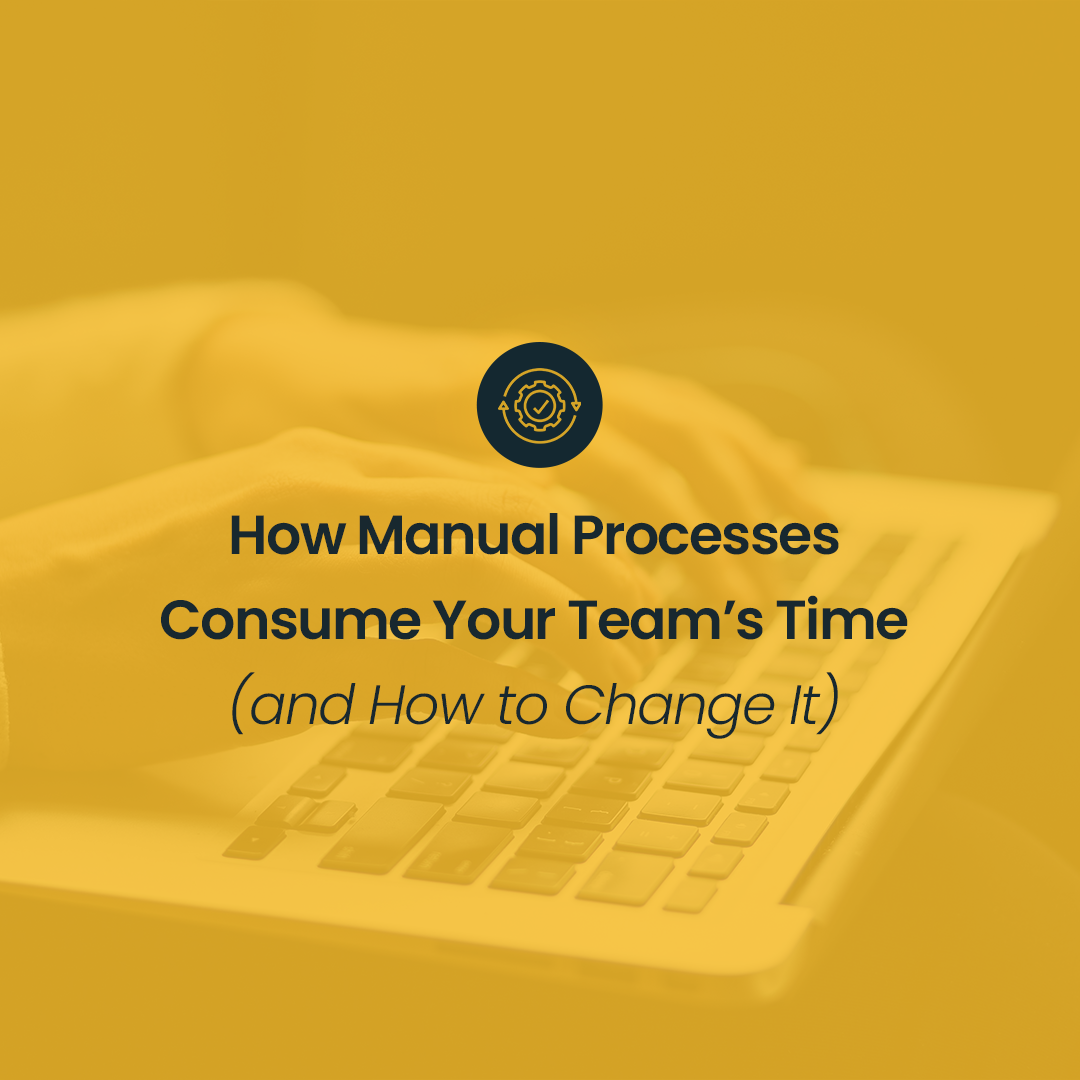Data isn’t just for reporting - it’s for finding answers.
Why do users drop off after the second onboarding screen? What do the users who stay longer and spend more have in common? Which campaigns bring in the most valuable users - not just in terms of CPI (Cost Per Install), but also retention and ARPU (Average Revenue Per User)?
You’ve heard these questions before. And you know how hard they are to answer clearly. Conflicting data from Firebase, Appsflyer, and GA4. Loss of IDFA. Fragmented app, web, and CRM sources. Limited analytical skills on the receiving side.
That’s why it’s worth considering platforms that support real decision-making, not just tracking metrics. One platform gaining momentum with marketers, analysts, and product teams is Amplitude. It helps analyze user behavior and improve digital products.
 Source: Amplitude
Source: Amplitude
Analytics that go beyond the dashboard
In a landscape full of incomplete data, disconnected tools, and pressure for fast ROI, Amplitude focuses on what matters: understanding how behavior impacts retention, revenue, and product growth, instead of limiting itself to just data collection and metric tracking.
It’s not just another charting tool. It’s a platform that integrates product, marketing, and behavioral data, empowering analytics and product teams to truly understand user needs and make informed, user-centric decisions.
What challenges do analytics teams face today?
Inconsistent data across tools
Many professionals know this scenario: AppsFlyer doesn’t match Firebase, and the App Store shows different numbers than the CRM. Amplitude enables standardized data and source integration, letting you analyze everything in one place without manual cleanup and tedious comparisons.
Loss of data due to privacy regulations
With ATT, no IDFA, cookie blocking, traditional attribution no longer works. Instead, Amplitude enables measuring post-install user quality, segmenting by retention, ARPU, or conversion, and delivering insights to optimize campaigns through integrations with CDPs or BI tools.
Difficulty connecting channels
In e-commerce and omnichannel apps, connecting data from apps, web, CRM, and offline is increasingly critical. Amplitude supports cross-channel user identification, helping build a complete customer journey.
Push and in-app messages miss the mark
Without behavioral context, even well-designed messages may arrive at the wrong moment. Amplitude helps identify decision moments and create dynamic user segments that update automatically in near real-time based on incoming events, helping you know who to reach, when, and with what message to influence user behavior.
Analytics teams as "dashboard operators"
Instead of just reporting MAU and CTR, teams can analyze the impact of specific features, track cohort retention, compare onboarding scenarios, and test hypotheses. Amplitude doesn’t replace thinking but it gives teams more headspace and a clearer big picture to act on.
How teams turn data into decisions with Amplitude
Amplitude supports cross-functional teams working from a shared data source, enabling them to draw insights aligned with their goals. Whether it’s user acquisition, product development, or communication segmentation, here’s how different roles will leverage the platform’s potential:
Performance Marketing: Identify campaigns that bring in high-retention, high-engagement users after 7/30/60 days.
CRM & Marketing Automation: Build precise push/in-app segments based on real behavior, not just from declared preferences.
Product Teams: Create a roadmap based on what works by analyzing which features attract and retain users over time.
Analysts & Data Scientists: Integrate with BI and ML tools to model LTV, churn, and predict segments.
Why choose Amplitude?
Amplitude doesn’t compete with GA4 or Firebase. It complements them, stepping in where standard tools fall short.
Amplitude offers:
Advanced cohort and event-based analytics
Near real-time user segmentation
Integrations with tools like AppsFlyer, Segment, Snowflake, or BigQuery
Full-funnel user lifecycle analysis from acquisition to retention and monetization
Is Amplitude right for you?
Compared to other digital analytics tools, Amplitude stands out for its behavioral data modeling, cohort analysis, and flexible data integration.
It’s a great fit if:
You analyze the full user lifecycle - from acquisition to churn
You work with cohorts and behavioral data
Your team makes decisions based on data not just reports
However, it might not be the right fit if:
You only need web data, like site traffic or SEO/SEM performance. GA4 or similar tools are simpler, cheaper, and sufficient.
Your team doesn’t work with product data (events, segments) and mainly reports on campaigns. A mix of Appsflyer, Firebase, and simple BI dashboards might be better.
You don’t have the resources to implement a consistent data model and analytics processes. Amplitude might be “too big” or too flexible for ad-hoc needs.
More than tech, implementation is about making the right decisions
Amplitude’s power lies not just in the platform, but in how it’s implemented. From choosing the right events and KPIs, integrating data sources, and dashboard design, to how teams actually use it.
That’s why it’s worth partnering with experts who can help your to:
Design an event schema and data structure
Integrate Amplitude with your existing tech stack
Build dashboards that answer real business questions
Train your teams to go from insights to action
See how others do it
Check out these case studies to explore how digital teams use product analytics to boost retention, segmentation, and conversions.
And if you’d like to talk about how to implement this approach effectively in your organization, get in touch. We’ll help you design a rollout process tailored to your team’s real needs.






